Oculomotor effectiveness of exercises for failure of convergence in teenagers in three schools in the province of Lima
DOI:
https://doi.org/10.20453/rhr.v2i1.3693Abstract
Convergence insufficiency is the inability of both eyes to converge at the same point, creates difficulties in adolescents at school activities therefore time detection and treatment is important. Objective: To determine the effectiveness of the oculomotor exercises in adolescents with convergence insufficiency in three educational institutions in Lima. Material and methods: quasi-experimental study, using as reference the ophthalmologic evaluation before and after treatment. Adolescents who had convergence insufficiency (CI) were oculomotor exercises for a period of one month after the pre-treatment evaluation and treatment was performed by the ophthalmologist. Results: 321 adolescents were evaluated, 225 (70.1%) of them showed IC, 190 met the inclusion criteria, only 56 adolescents finished therapy oculomotor exercises, being 19 females (33.9%) and 37 males (66.1%). The score of the IC with the rule Krimsky in adolescents presented an average of 14.2 ± 1.4 cm. for females and 14.5 ± 1.43cm for males. The median score of Proximal Point Convergence (CPP) pre oculomotor exercises was 14 (12.6 p25 - p75 15.3) cm. and post treatment was 10.6 (p25 9.5 - p75 13.3) cm difference was significant (p <0.05). Conclusion: Oculomotor active exercises in adolescents decrease convergence insufficiency and can be used as physical therapy and adjuvant treatment of ophthalmologic.
Downloads
Published
How to Cite
Issue
Section
License
All articles published in the Revista Herediana de Rehabilitación are under a Creative Commons Reconocimiento 4.0 International license.
The authors retain the copyright and grant the journal the right of first publication, with the work registered with the Creative Commons License, which allows third parties to use what is published whenever they mention the authorship of the work, and to the first publication in this magazine.
Authors can make other independent and additional contractual agreements for the non-exclusive distribution of the version published in this journal, provided they clearly indicate that the work was published in this journal.
The authors can file in the repository of their institution:
The research work or thesis of degree from which the published article derives.
The pre-print version: the version prior to peer review.
The Post-print version: final version after peer review.
The definitive version or final version created by the publisher for publication.

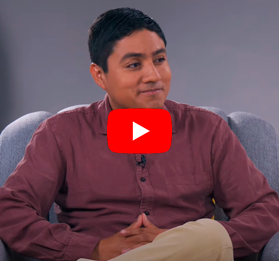





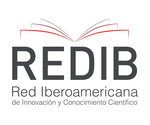
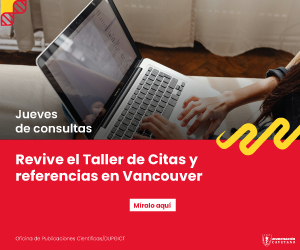
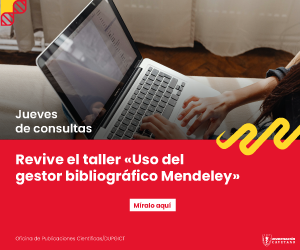
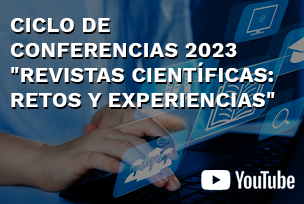
 Esta obra está bajo una
Esta obra está bajo una 